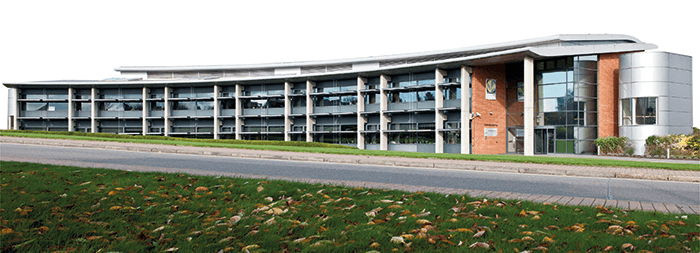
“Humans only need selenium in a narrow range of concentrations – too high an intake can lead to toxicity and too low an intake can lead to deficiency,” says Lenny Winkel (Research Scientist and Head of Environmental Inorganic Geochemistry, Eawag, Switzerland). Nutrient deficiencies are an important health problem worldwide, explains study collaborator Prof Steve McGrath, Head of Department of Sustainable Soils and Grassland Systems at Rothamsted Research: “There are many people suffering from ‘hidden hunger’ across the world; people who have enough food to eat but it does not have adequate nutritional value.”
Selenium is a key component of selenocysteine (the 21st proteinogenic amino acid) – an important building block of selenoproteins, such as glutathione peroxidase, which help protect cells from oxidative stress. Despite selenium’s importance in our diet, we know relatively little about its concentration in soil – or the factors that most affect those levels. Winkel and her team reviewed systematic geochemical soil surveys that had already been conducted; for example, China (1) and more recently in the UK (2). “We found that climate (rather than soil type or underlying geology) had a strong effect. And that prompted a further international collaboration to find out how climatic factors (in addition to soil and geology) affect selenium concentrations in soils across the globe,” she says. The predictive modeling was based on 33,000 data points of previously collected total soil selenium analyses, but the team also conducted further analysis on soil samples from the Rothamsted Research soil archive with inductively coupled plasma-mass spectrometry (Agilent 7500ce) to understand temporal trends in soil selenium concentrations (3). “We used different machine-learning tools (artificial neural network models and random forest) based on all of our data as well as 26 variables that describe factors hypothesized to control soil selenium concentrations,” says Winkel. “Given that our analyses showed that climate was indeed a key factor in current predictions, we decided to further analyze how changes in climate may affect soil selenium concentrations.”
By the end of the century, the models predicted soil selenium losses from almost 60 percent of modeled areas – and especially from croplands.
“An important message of our work is that soil concentrations of selenium are dynamic and that changes in the soil may ultimately affect the nutritional value of crops. The relationships between selenium, climate and soil variables are complex, but one factor that played an important role in predicted future losses of selenium is aridity. In short, areas that become drier are predicted to lose relatively larger amounts.”
Winkel is keen to investigate other micronutrients and trace elements to discover if they are affected by soil–climate interactions in the same way. “Another important future task is to understand how future changes in soil micronutrient content will affect the concentrations and speciation of selenium in plants. In this respect, it is also important to investigate how changes in climate may influence the speciation and thus the bioavailability of micronutrients to plants; after all, total micronutrient contents in soils are not the only factor controlling concentrations in plants.”
McGrath concludes, “By developing a model that can track changes in the levels of minerals key in our nutrition, we are laying the groundwork for a solution to the problem. This model has already revealed a very important fact; that climate can be a key factor in the distribution of some essential micronutrients across the
globe.”
References
- J Chen, “An original discovery: selenium deficiency and Keshan disease (an endemic heart disease)”, Asia Pac J Clin Nutr, 21, 320–326 (2012). Y Yao et al., “Selenium, iodine, and the relation with Kashin-Beck disease”, Nutrition, 27, 1095–100 (2011). GD Jones et al., “Selenium deficiency risk predicted to increase under future climate change”, PNAS, (published ahead of print; 2017).




